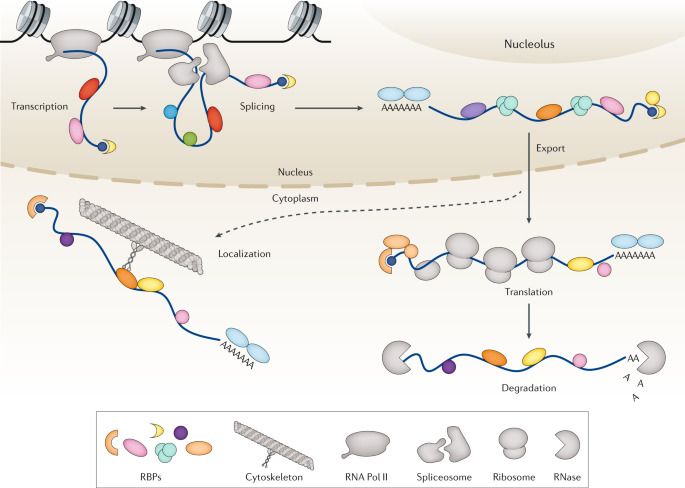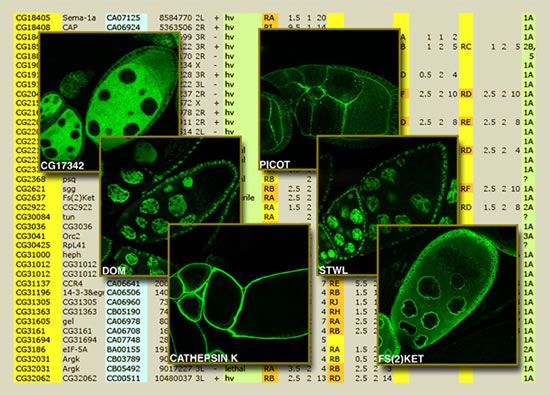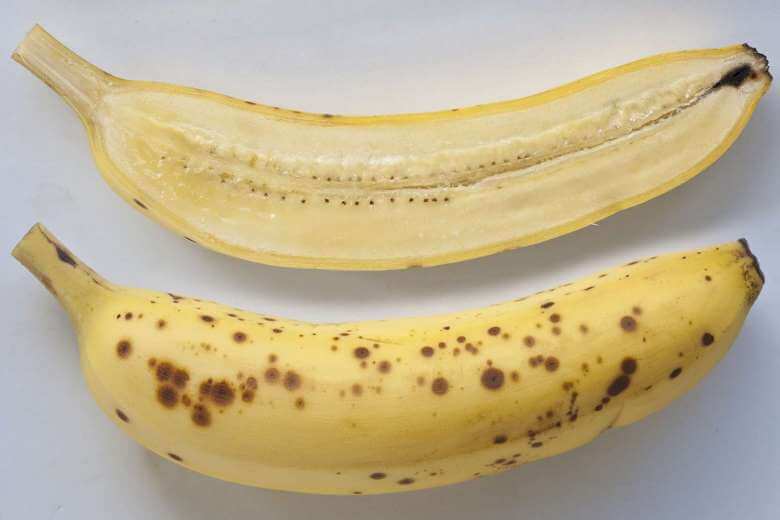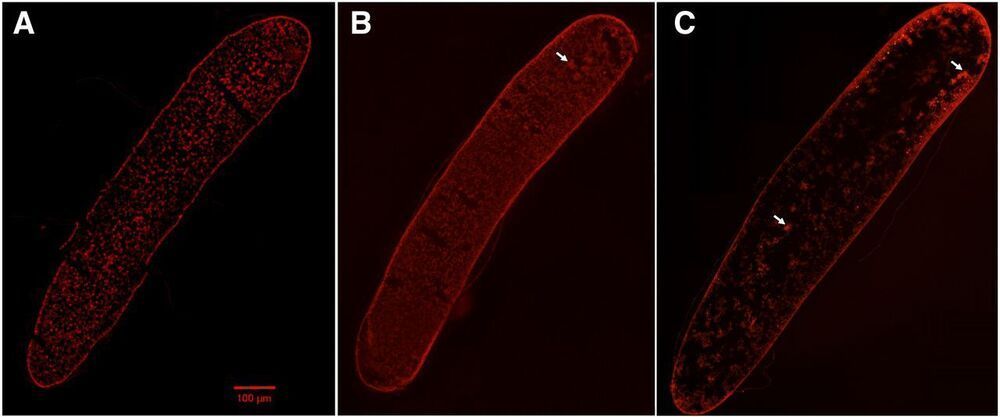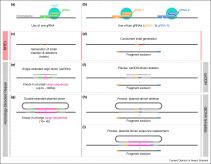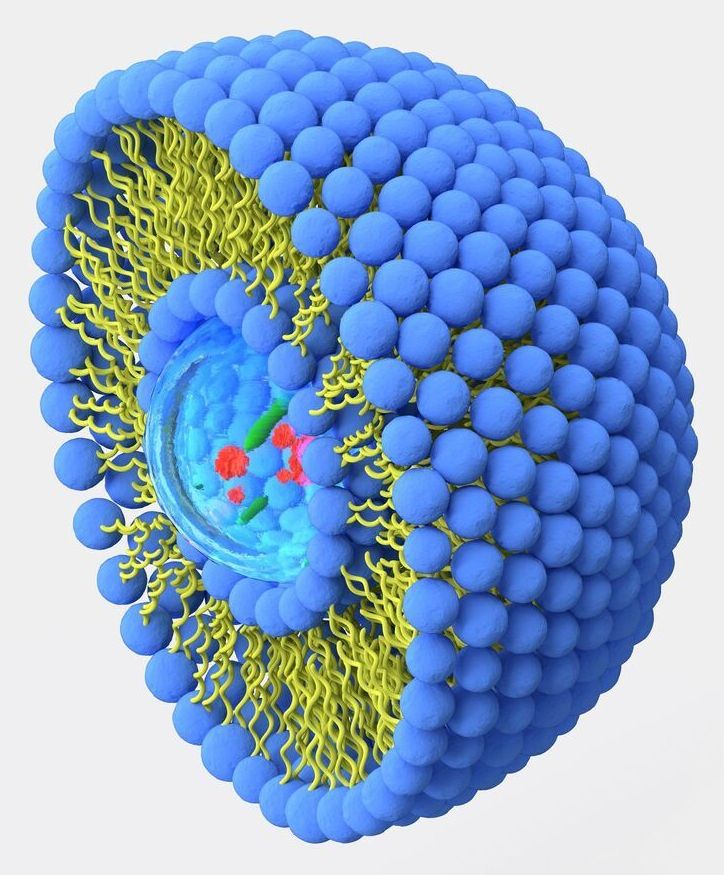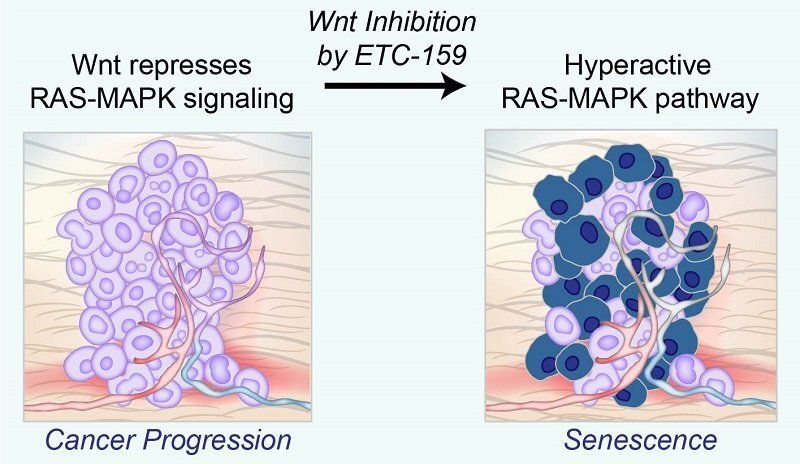These findings […] strongly suggest that high levels of iron in the blood reduces our healthy years of life, and keeping these levels in check could prevent age-related damage.
Genes linked to ageing that could help explain why some people age at different rates to others have been identified by scientists.
The international study using genetic data from more than a million people suggests that maintaining healthy levels of iron in the blood could be a key to ageing better and living longer.
The findings could accelerate the development of drugs to reduce age-related diseases, extend healthy years of life and increase the chances of living to old age free of disease, the researchers say.

